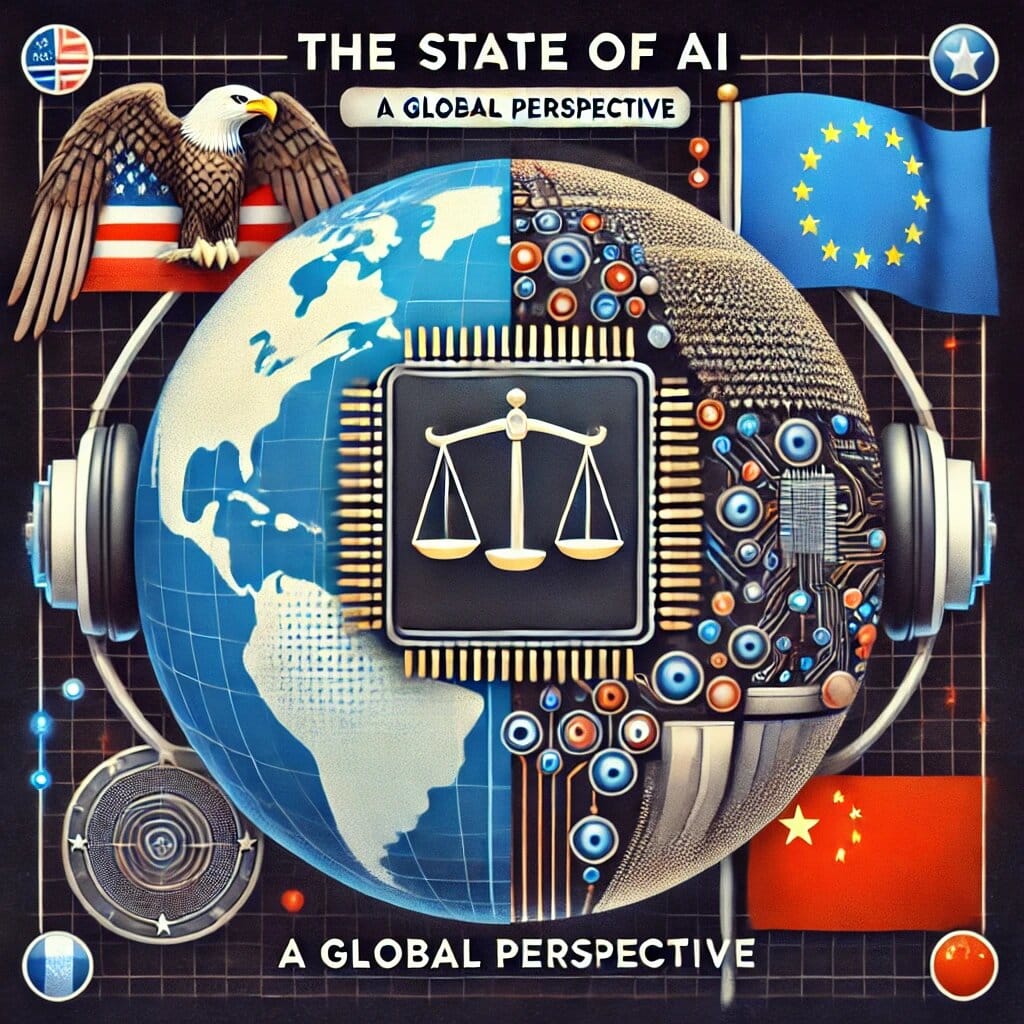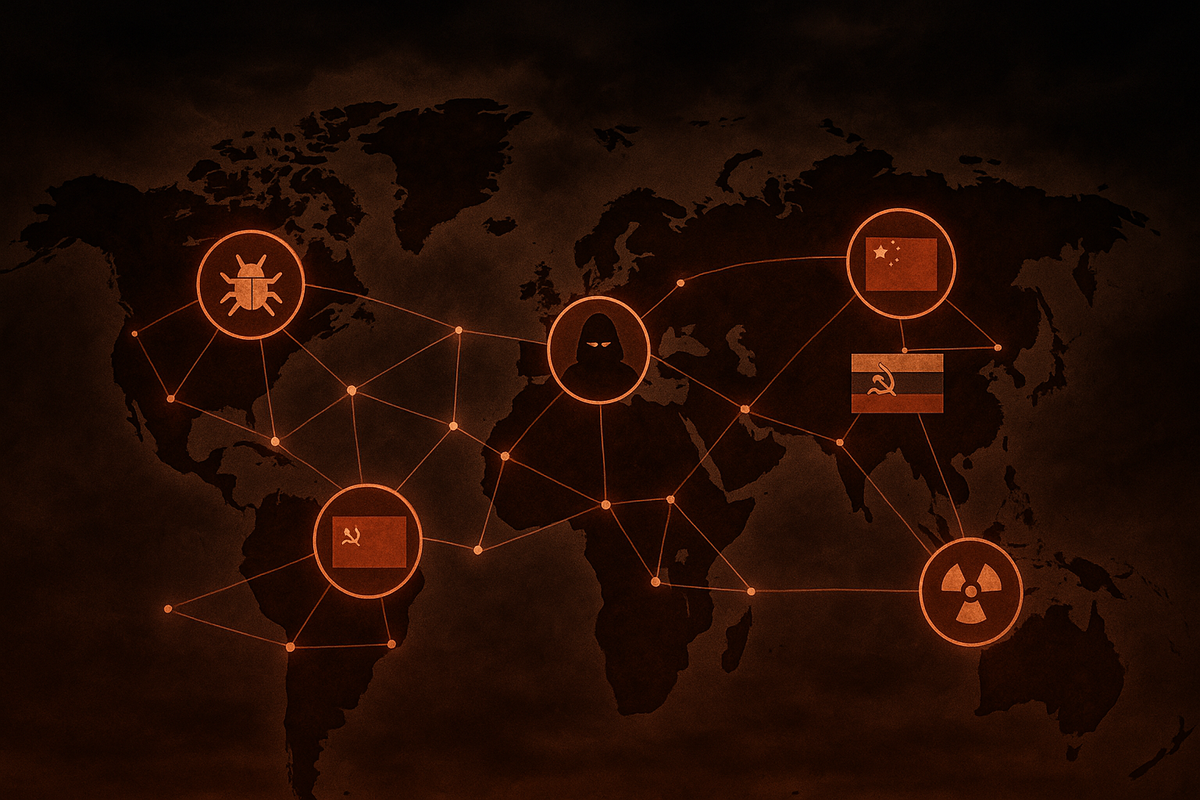The world of international trade has long been a complex web of interconnected logistics, with each thread carefully woven to ensure seamless delivery of goods across borders. However, in recent years, this delicate balance has been disrupted by a perfect storm of factors, culminating in some of the most severe supply chain disruptions on record.

Global Supply Chain Disruptions and Their Impact on Shipping
As we navigate these turbulent waters, it’s essential to understand the root causes behind these disruptions and the far-reaching consequences they’re having on industries worldwide. In this article, we’ll delve into the world of global supply chain shipping, exploring the various factors contributing to these events and what can be done to mitigate their impact.
The Perfect Storm of Disruptions
One of the primary drivers of these disruptions is the COVID-19 pandemic. The sudden and drastic changes in consumer behavior, coupled with lockdowns and travel restrictions, sent shockwaves throughout global supply chains. As countries scrambled to contain the spread of the virus, production and distribution processes ground to a halt.
However, the pandemic was merely the catalyst for a more complex set of issues. The ongoing trade tensions between nations, particularly between the United States and China, have created an environment of uncertainty that’s further exacerbated the problem. Tariffs, quotas, and other regulatory measures have become increasingly prevalent, making it even more challenging to maintain smooth supply chains.
The Rise of E-commerce and Just-in-Time Delivery
Another significant factor contributing to these disruptions is the rapid growth of e-commerce. As consumers turn to online shopping in increasing numbers, companies are under immense pressure to deliver products quickly and efficiently. This has led to a proliferation of just-in-time (JIT) delivery systems, where goods are produced and shipped directly to customers as orders are placed.
While JIT delivery can offer numerous benefits, including reduced inventory costs and increased customer satisfaction, it also creates a fragile ecosystem that’s prone to disruption. When supply chains encounter even minor setbacks, the entire system can come crashing down, leaving companies scrambling to recover.
The Human Factor: Labor Disruptions and Global Talent Shortages
As we look closer at the global supply chain, it becomes clear that labor disruptions are playing a significant role in these events. The shortage of skilled workers, particularly in industries such as logistics and manufacturing, is having a profound impact on production capacity.
The pandemic has only exacerbated this problem, as many countries struggle to replenish their workforce after extended periods of lockdowns and social distancing measures. This shortage of labor is further compounded by the fact that many countries are experiencing high levels of unemployment, making it even more challenging to attract and retain top talent.

This is the state of supply chain disruptions | World Economic Forum
The Digital Revolution: Leveraging Technology for Resilience
Despite the numerous challenges facing global supply chains, there’s a silver lining. The COVID-19 pandemic has accelerated the adoption of digital technologies, from artificial intelligence (AI) and robotics to blockchain and the Internet of Things (IoT). These innovations hold tremendous promise for improving supply chain resilience.
For instance, AI can be used to optimize production processes, predict demand patterns, and identify potential bottlenecks. Blockchain technology, meanwhile, offers a secure and transparent way to track shipments and verify authenticity. By embracing these digital solutions, companies can build more agile and responsive supply chains that better withstand disruptions.
What Can Be Done?
As we navigate this complex landscape, it’s essential to recognize that no single solution will solve the problems facing global supply chains overnight. However, by working together – governments, industries, and individuals alike – we can build a more resilient and sustainable system for the future.
One key strategy is to invest in digital technologies, as mentioned earlier. By leveraging AI, blockchain, and IoT, companies can improve their ability to respond to disruptions and adapt to changing market conditions.
Another critical approach is to foster greater collaboration between stakeholders, from suppliers to logistics providers. By sharing information, coordinating efforts, and providing mutual support, we can build a more interconnected and resilient supply chain ecosystem.
The Future of Global Supply Chain Shipping
In conclusion, the global supply chain landscape is undergoing a profound transformation – one that’s driven by technological advancements, shifting consumer behaviors, and evolving regulatory environments. While disruptions are inevitable, it’s clear that we have the tools and knowledge to build more resilient systems for the future.
As we move forward, it’s essential to prioritize innovation, collaboration, and adaptability. By embracing these principles and working together, we can create a supply chain landscape that’s more agile, efficient, and sustainable – one that delivers value to businesses, consumers, and the planet alike.

Global Supply Chain Disruptions and Their Impact on Shipping

Global AI Governance: A Comparative Analysis of the US, EU, and …

The Shifting Global Security Landscape: Insights from the 2025 …
